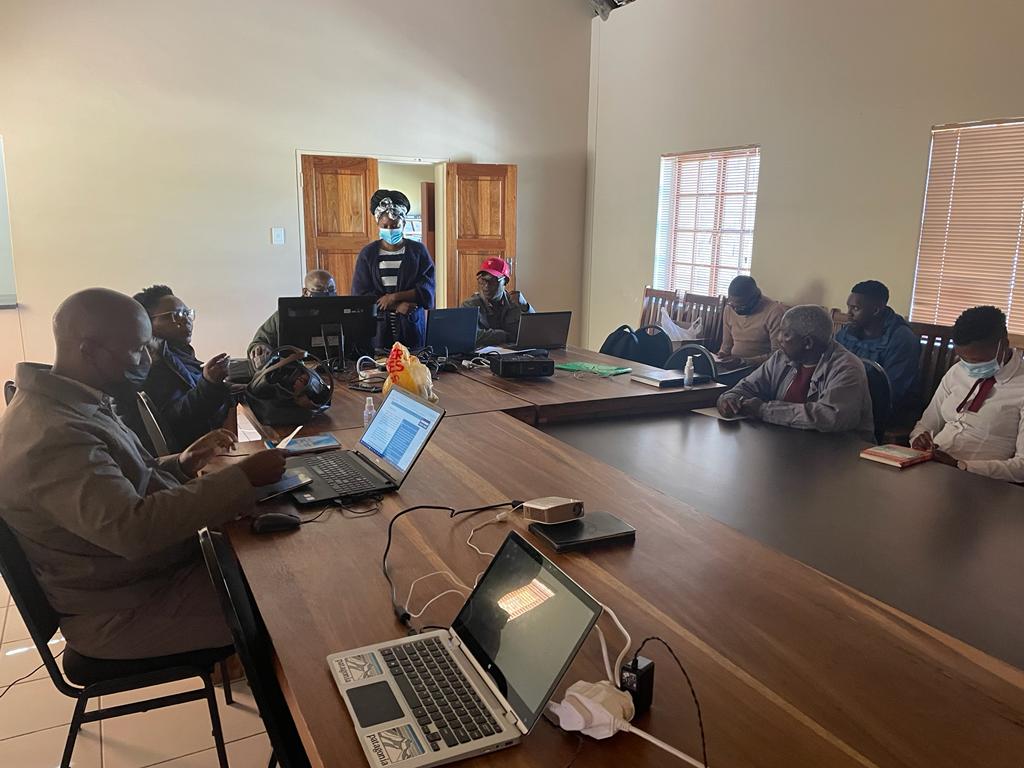Expertise Necessary for the Capacity Building Process
Training of KWS Staff on WIO-COMPAS Programme_2
WWF-Kenya
WIO-COMPAS Assessment Mentorship Session
WWF-Kenya
WIO-COMPAS Portfolio Review Session
WWF-Kenya
The WIO-COMPAS programme arranges regional training sessions for their WIO-COMPAS programme. Where practical, the MPA staff may be facilitated to participate in this training. However, it is important to note that these training sessions may not be available at the time where staff capacity building is needed.
Where this is the case, a core team of local trainers may be established. The expertise presented by the trainers should be aligned with the seven core competence areas of the WIO-COMPAS programme. Preferably, internal expertise may be sourced from among MPA staff that have previously been certified and/or have a background in the competencies of focus. Where additional expertise is required, external partners may be included, or a consultant may be used. Alternatively, communication can be made to the WIO-COMPAS fraternity requesting for trainers to facilitate the training process.
After the training programme, it is necessary to select the trainees that showed the highest potential as mentors for the other MPA staff and assisting in the application process for the WIO-COMPAS certification. These mentors would also be contact persons for follow up and feedback to showcase progress in the assessment preparations.
An understanding of the WIO-COMPAS Programme: It will be necessary for the lead team to become familiar with the WIO-COMPAS programme and its seven core competencies. This will allow for the identification of the internal/external experts that can facilitate the specific training sessions.
Familiarity with the gaps identified in the MPA assessment(s): This ties in with the second building block. The knowledge of the gaps facing the MPA will allow for the planning team to tailor the training towards the gaps identified in the prior assessments.
Manage Expectations: Following the identification of the core team members, it is necessary to convene a meeting with them to establish a common ground. This includes the development of an understanding over the purpose and individual roles (linked to expertise) of the team members, and the development of terms of references to ensure accountability. Additionally, it is important to manage expectations at this point. Where team members external to the target institutions are selected, aspects of institutional recognition and facilitation should be agreed upon.
Centralized Planning: The training areas for the WIO-COMPAS are broad and technical. It will thus take time to develop the training materials. It may therefore be impractical for the trainers to develop the training materials in their own free time. A planning meeting is therefore necessary for the joint development, review and agreement on the training programme and materials. In the case where a previously certified MPA staff member has been pre-identified to become a mentor for the MPA team, he/she may also be involved in this meeting.
